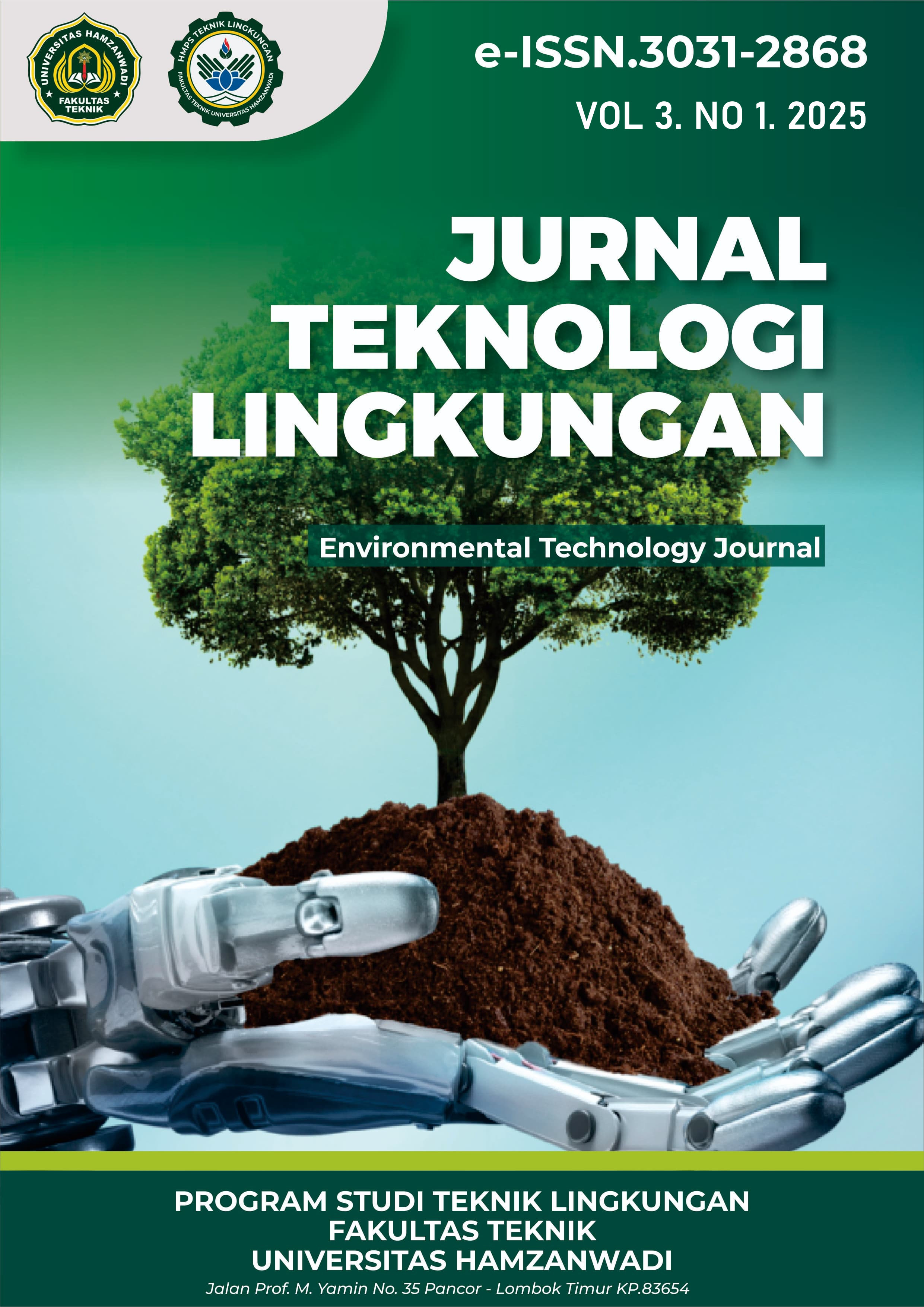Analysis Of Amonia Gas (NH3) Exposure Levels On Disorders Of The Sense Of Smell In Broiler Chicken Cage Workers
ANALISIS TINGKAT PAPARAN GAS AMONIA (NH3) TERHADAP GANGGUAN INDRA PENCIUMAN PEKERJA KANDANG AYAM BROILER
DOI:
https://doi.org/10.29408/jtl.v3i1.28882Keywords:
Amonia Gas NH3, Broiler Chiken Farm, Ambien AirAbstract
Livestock is an agricultural sub-sector that plays a very important role in providing food needs, especially animal protein. The more chickens there are, the more manure will be produced so that the Ammonia Gas (NH3) will be higher. The research method used is the observational research method, which is descriptive analytical with a cross-sectional approach. Based on the results of observations made on broiler chicken cage workers, most respondents agreed that the smell of ammonia (NH3) in broiler chicken cages disturbed their sense of smell. Most respondents had the answer. For measurements at points 2 and 3, there was a lower average NH3 concentration., this is because there is not too much broiler chicken waste and there is not too much activity in the cage at points 2 and 3 so the NH3 concentration is low. Most of them had answers agree with values 38, 38, 38, 38, 39, 43, 45, 48, and some had answers quite agree with values 30 and 33. It can be concluded that exposure to ammonia gas (NH3) is high in the environment. Broiler chicken cages have a negative impact on workers' sense of smell, and can increase the risk of partial anosmia (partial loss of the ability to smell) in broiler chicken cage workers. As many as 80% of respondents agreed that impaired sense of smell was caused by the smell of ammonia. These disorders not only reduce workers' quality of life, but also have the potential to affect their performance in carrying out daily tasks.
Downloads
Published
Issue
Section
License
Copyright (c) 2025 Jurnal Teknologi Lingkungan

This work is licensed under a Creative Commons Attribution-ShareAlike 4.0 International License.




